May 22, 2020
He sleeps 250 times a day — isn’t that a dream?
So, let's start with our Pets, dogs and cats: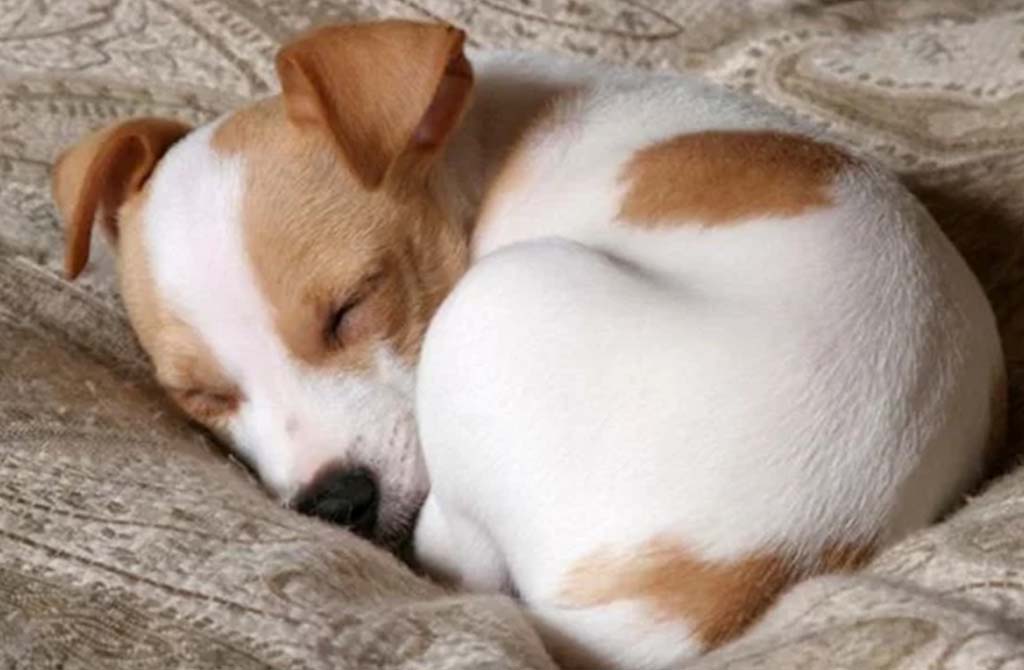 The most common pose is a kolachik, when a cat or dog puts its nose in the tail. But are they so comfortable? Actually, Yes. Pets curl up to keep warm and relax their muscles at the same time. At the same time, they protect the most important parts of the body. The belly should be hidden. Even domestic cats and dogs, bathed in love, fell in love with this way of sleeping. After all, despite the fact that they are not in danger, the task of maintaining caution is fixed in the cortex of the brain. Sleep in the tailed is very sensitive. If the dog is asleep and hears an extraneous sound, such as the click of a door handle, he will immediately wake up.
The most common pose is a kolachik, when a cat or dog puts its nose in the tail. But are they so comfortable? Actually, Yes. Pets curl up to keep warm and relax their muscles at the same time. At the same time, they protect the most important parts of the body. The belly should be hidden. Even domestic cats and dogs, bathed in love, fell in love with this way of sleeping. After all, despite the fact that they are not in danger, the task of maintaining caution is fixed in the cortex of the brain. Sleep in the tailed is very sensitive. If the dog is asleep and hears an extraneous sound, such as the click of a door handle, he will immediately wake up.
Bats:
Bats sleep almost all their lives. They spend 90 % of their time sleeping. In winter, the animals go into hibernation, which lasts from 5 to 9 months. The upside-down position is explained by the specific structure of the wings and paws.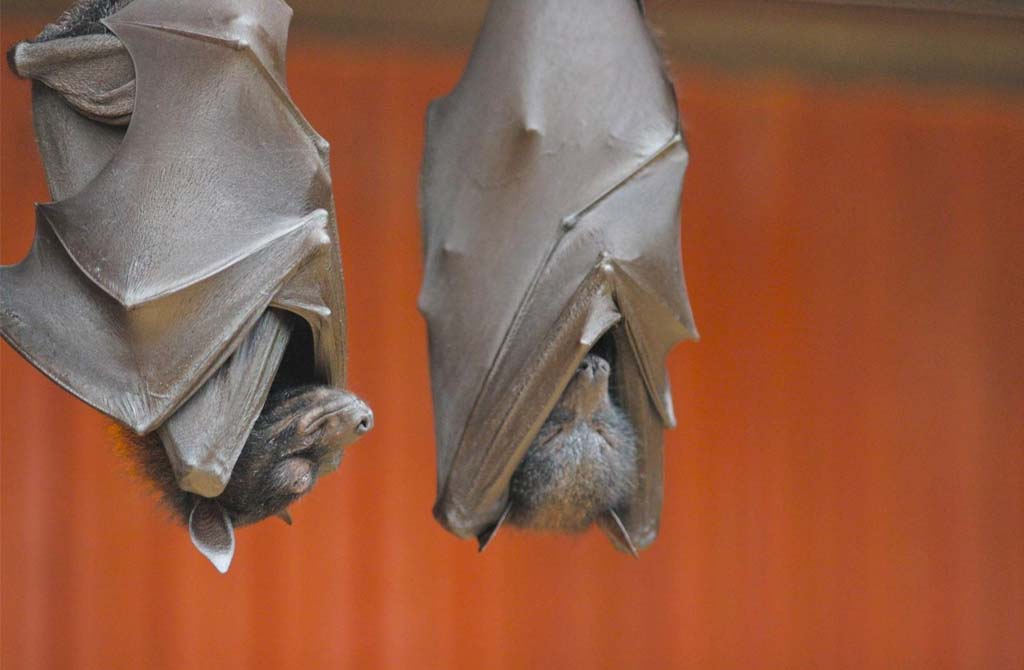 It turns out that bats can only hang upside down and fly. They can't do anything else — stand, sit, or lie down.
It turns out that bats can only hang upside down and fly. They can't do anything else — stand, sit, or lie down.
The fact is that the bat does not have strong enough muscles, as, for example, birds and can not flapping their wings off the ground. The "head down" position allows you to almost immediately start flying, just letting go of the hind legs and find yourself in free fall. This feature makes the bat a difficult prey for predators.
A little about wild cats:
Leo needs to relax as much as possible for a good sleep. This is necessary in order to eat raw meat received the most comfortable conditions for digestion, and the lion — time to replenish forces for a new hunt. It would seem that the "apex predator" should always be "ready", but it is not: lions sleep up to 20 hours a day!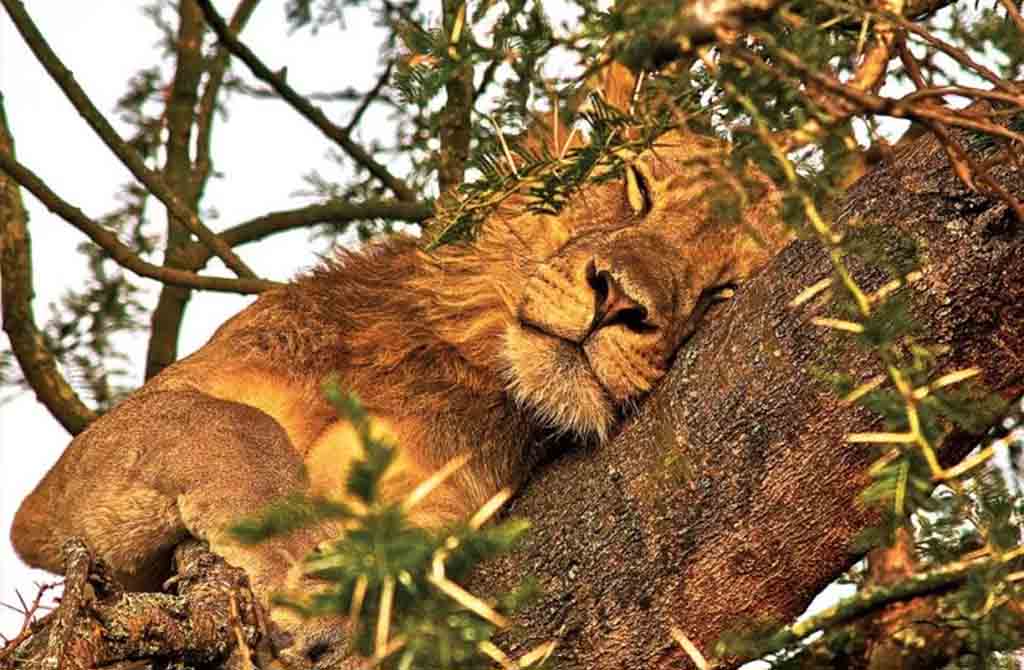 Thus, these animals need a quiet place to sleep like air. If one is not expected on land because of stray elephants or hippos, the lion can easily climb a tree and sleep there.
Thus, these animals need a quiet place to sleep like air. If one is not expected on land because of stray elephants or hippos, the lion can easily climb a tree and sleep there.
Giraffe: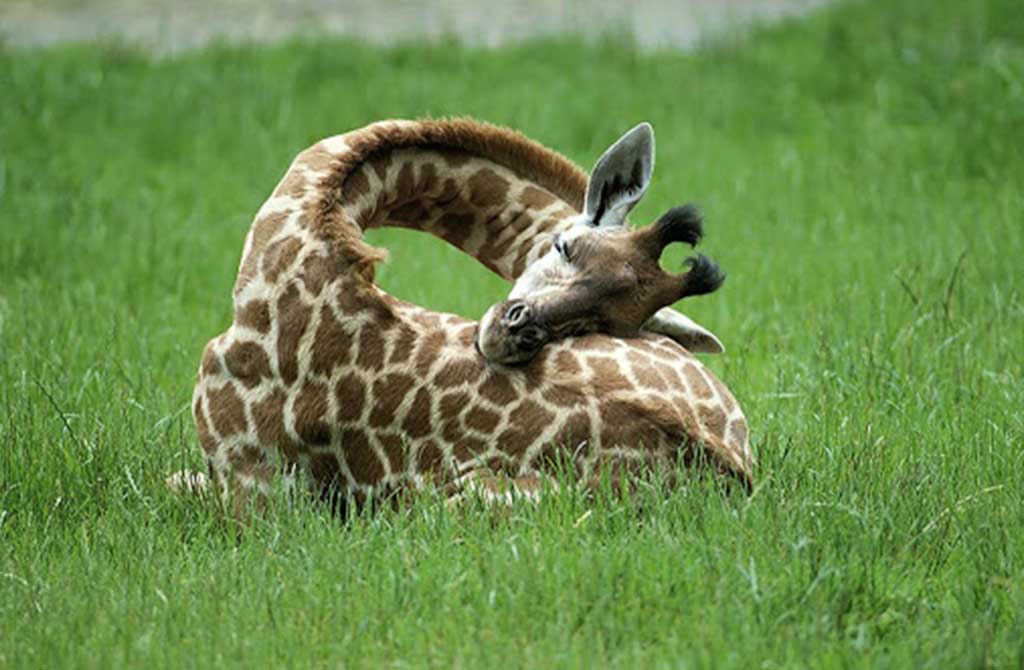 Short-term sleep is what saves these long-necked animals from overwork. Many people believe that giraffes do not sleep at all, but this is not true. In fact, they still sleep-very often: every hour for 10 minutes. And even sometimes lie down on the ground for this purpose.
Short-term sleep is what saves these long-necked animals from overwork. Many people believe that giraffes do not sleep at all, but this is not true. In fact, they still sleep-very often: every hour for 10 minutes. And even sometimes lie down on the ground for this purpose.
Elephant: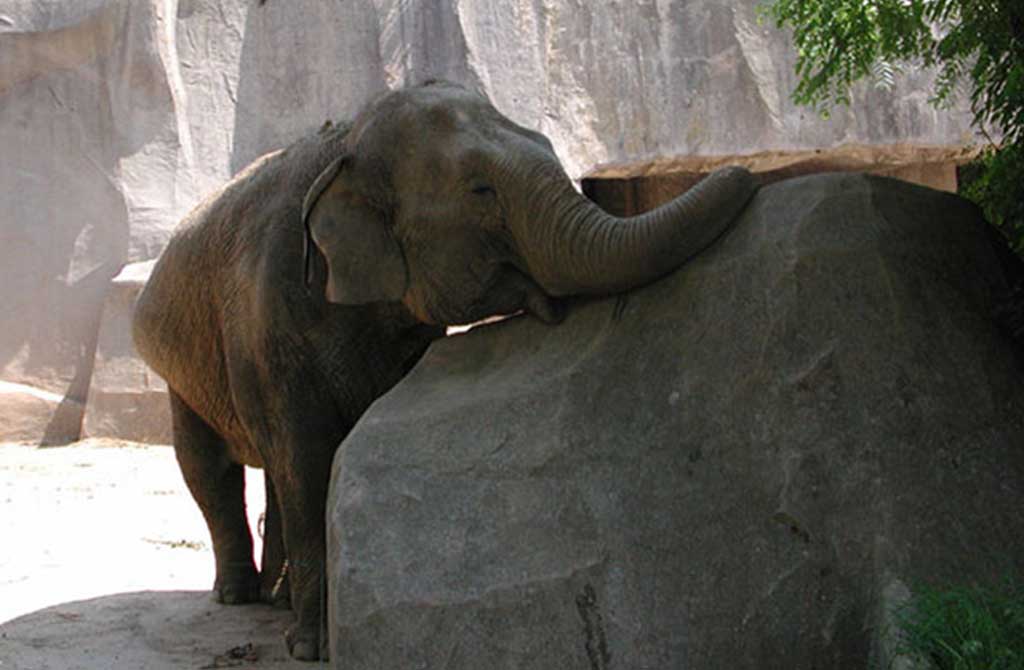 They sleep standing for 2-3 hours in the afternoon in the heat. Female elephants and children prefer to sleep on the ground. However, before going to sleep, they rest their backs on a tree or other support, because if the elephant falls on its side, it will not get back up. They spend the slow sleep phase standing up, and the fast sleep phase lying down.
They sleep standing for 2-3 hours in the afternoon in the heat. Female elephants and children prefer to sleep on the ground. However, before going to sleep, they rest their backs on a tree or other support, because if the elephant falls on its side, it will not get back up. They spend the slow sleep phase standing up, and the fast sleep phase lying down.
In the herd there is always the hour that changes after a certain time.
Herd ungulates: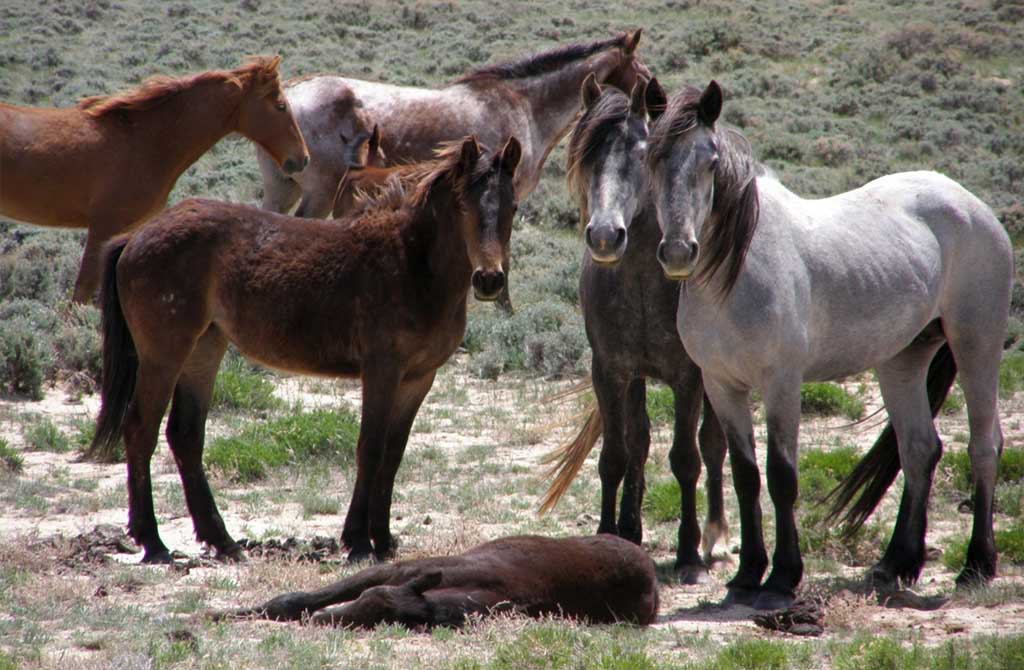 Copying the "sleepy" habits of elephants, something went wrong with these animals: when one person is asleep, all the others are on guard of his rest. Absurd, but it is reliable.
Copying the "sleepy" habits of elephants, something went wrong with these animals: when one person is asleep, all the others are on guard of his rest. Absurd, but it is reliable.
Dolphin: A unique creature that has learned to sleep with one eye. Scientists have shown that dolphins take turns to rest only one of the hemispheres of their brain. That is, when the left hemisphere is in a state of slow sleep, the other is awake. This is incredible and very convenient, because this way the Dolphin can constantly be afloat and quickly respond to external threats.
A unique creature that has learned to sleep with one eye. Scientists have shown that dolphins take turns to rest only one of the hemispheres of their brain. That is, when the left hemisphere is in a state of slow sleep, the other is awake. This is incredible and very convenient, because this way the Dolphin can constantly be afloat and quickly respond to external threats.
Ants: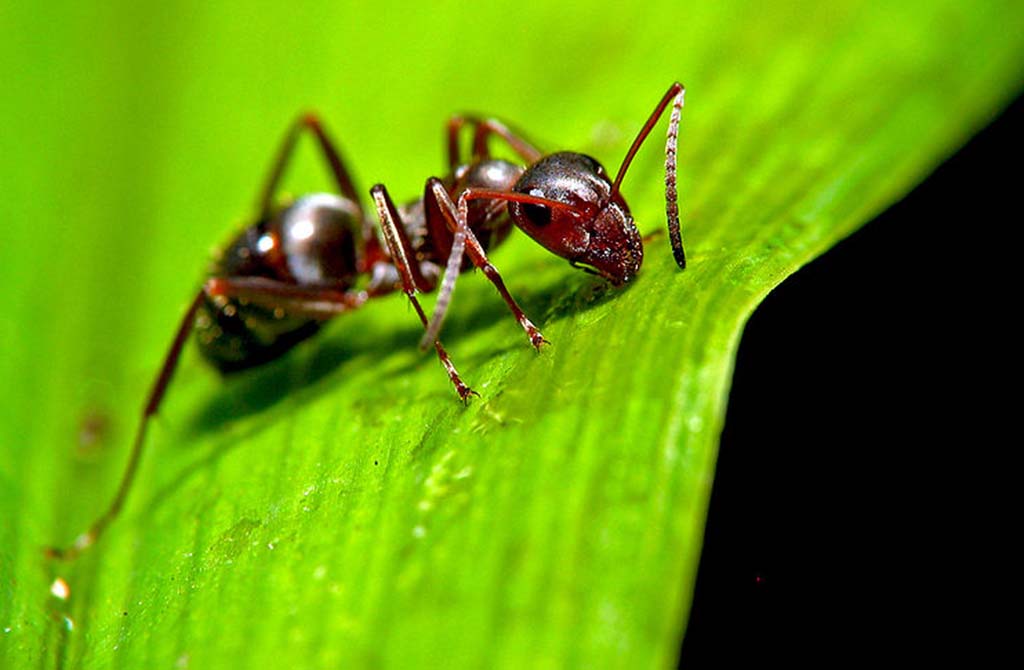 For a long time, scientists believed that these insects do not sleep at all, but later it turned out that they can sleep and do it about 250 times a day. The ant's sleep is short and lasts no more than a minute, which allows it to create the appearance of lack of sleep.
For a long time, scientists believed that these insects do not sleep at all, but later it turned out that they can sleep and do it about 250 times a day. The ant's sleep is short and lasts no more than a minute, which allows it to create the appearance of lack of sleep.
Birds:
All birds have a very sensitive sleep, constantly blinking, "reading" the situation around them. Olfactory receptors are also working at full speed, so sneaking up and catching a bird by the tail, most likely, will not work.
Seal: Can sleep on the water in three different ways.
Can sleep on the water in three different ways.
The first method: lying on your stomach with your head in the water. The disadvantage of this method is that sometimes you have to lift it to get a breath of fresh air.
The second method is completely underwater. To do this, you need to take a full breath of air and sink to the bottom. The disadvantage is that every 5 minutes you need to go up to the top to take another SIP of the oxygen mixture.
The third method has no disadvantages: the seal inflates its throat, forming something like a lifeline that keeps its body on the water, like a float.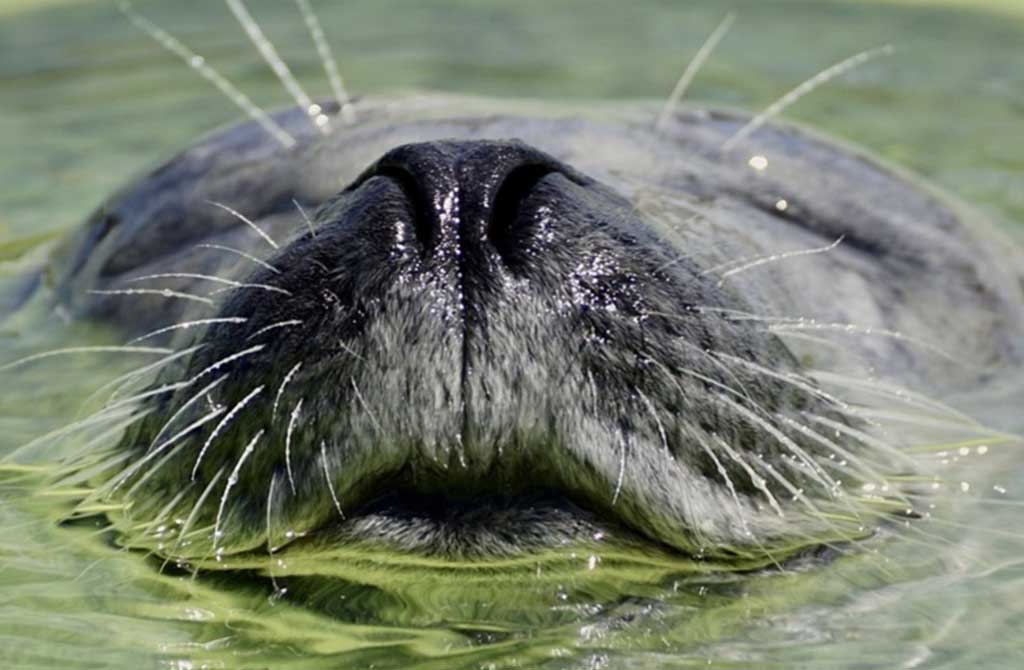 Octopus:
Octopus:
During sleep on guard for active actions leaves two of their limbs. They constantly "circle" around his body, working as an indicator of any changes around.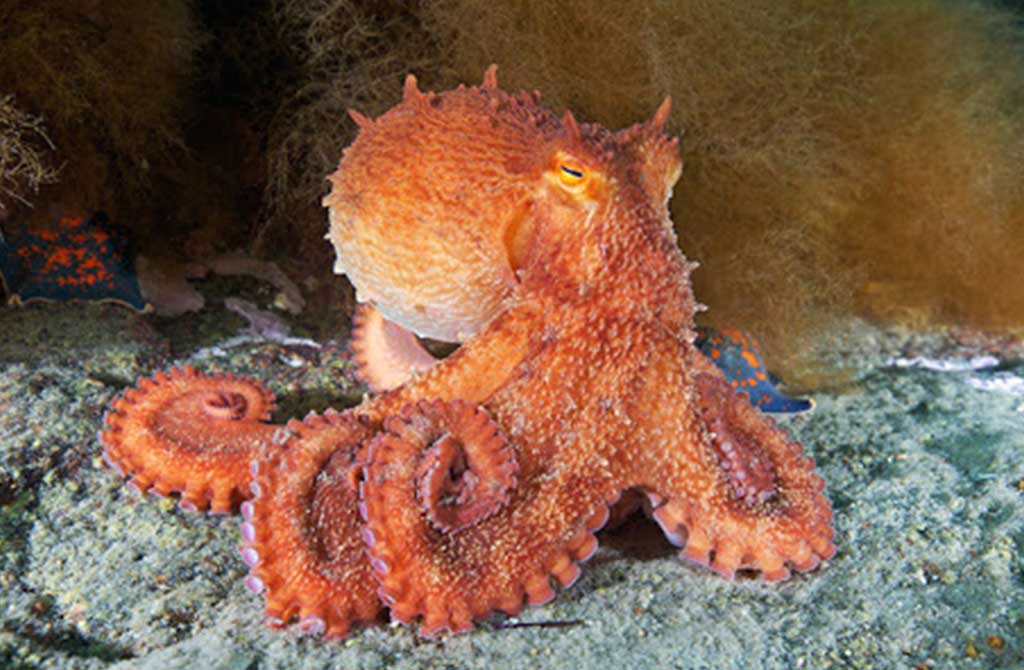 And here's what's really surprising: scientists say that octopus sleep is very deep, as in many other animals that are constantly monitoring the situation around them.
And here's what's really surprising: scientists say that octopus sleep is very deep, as in many other animals that are constantly monitoring the situation around them.
Read more
July 31, 2024
April 12, 2024
April 5, 2024